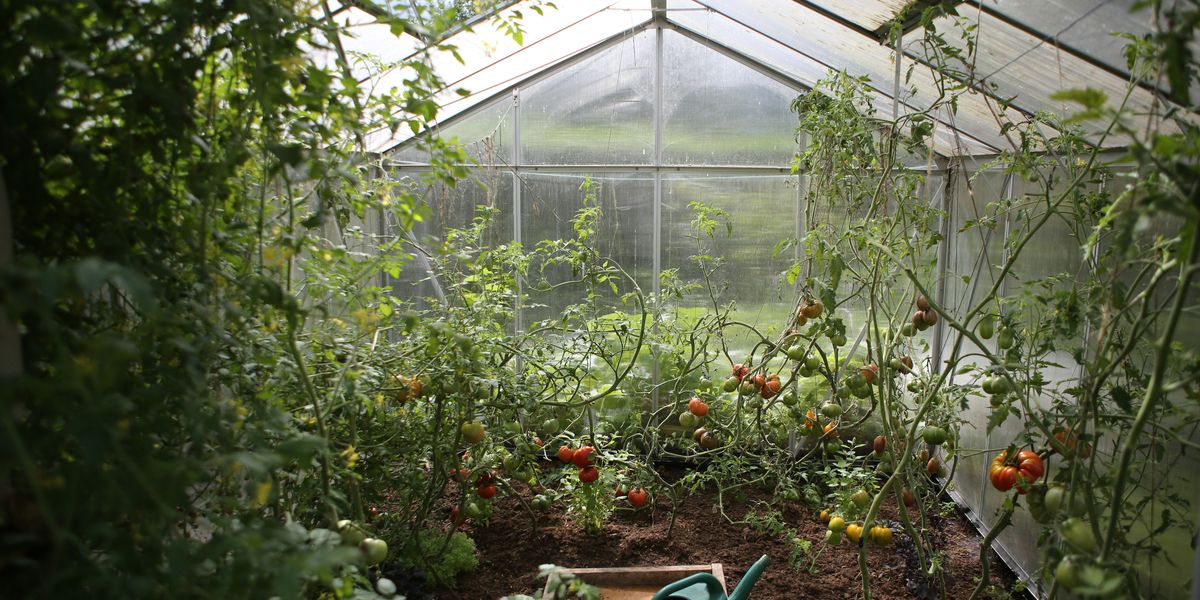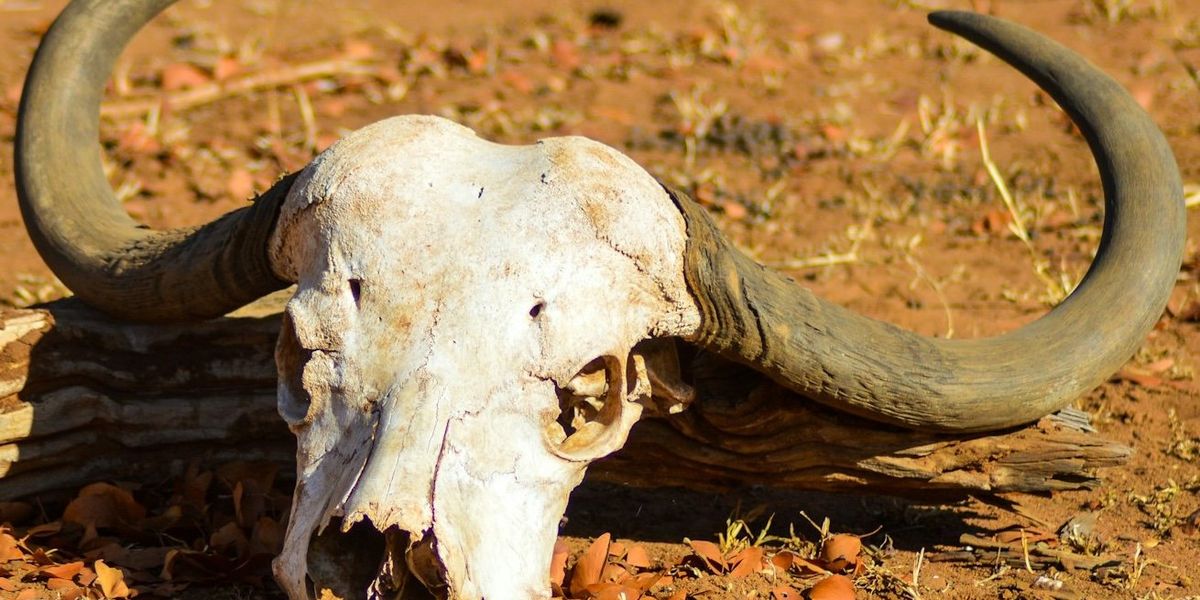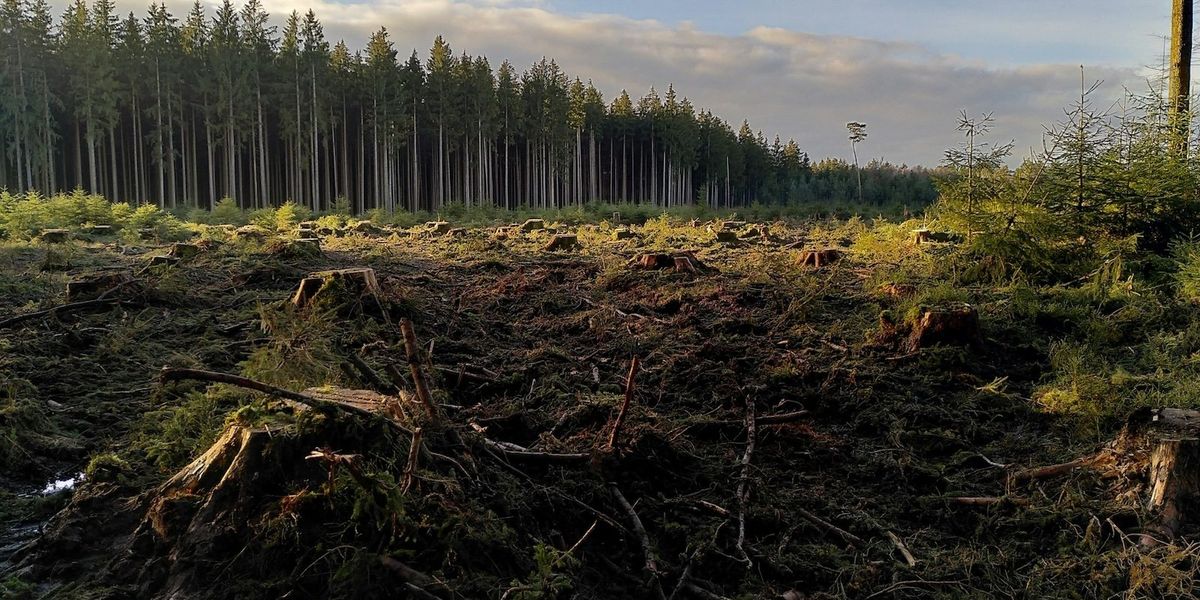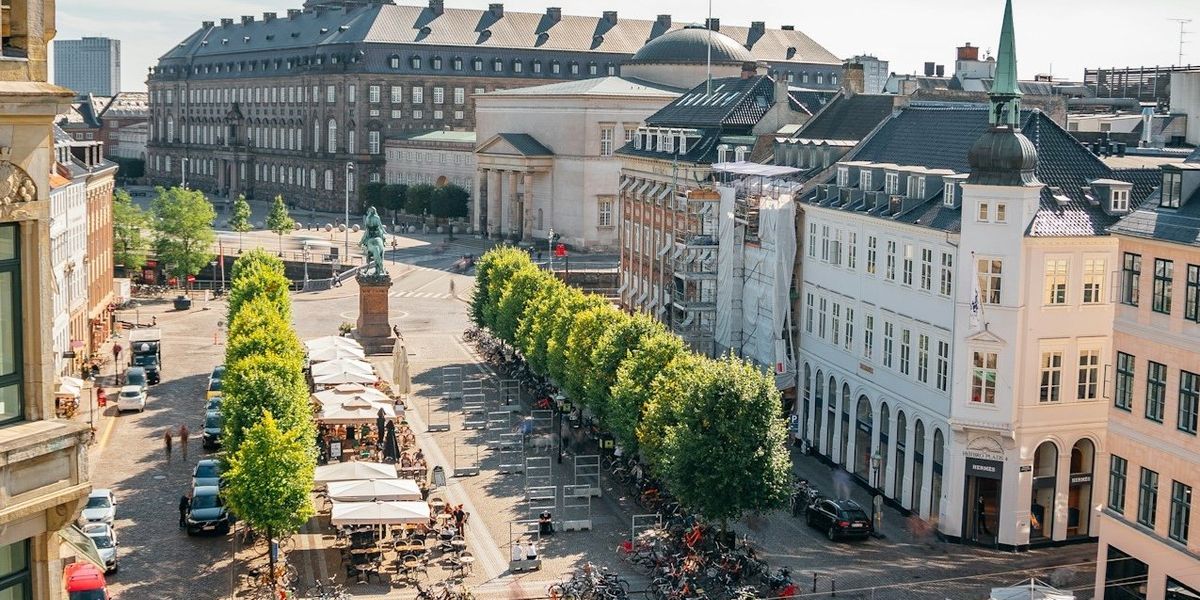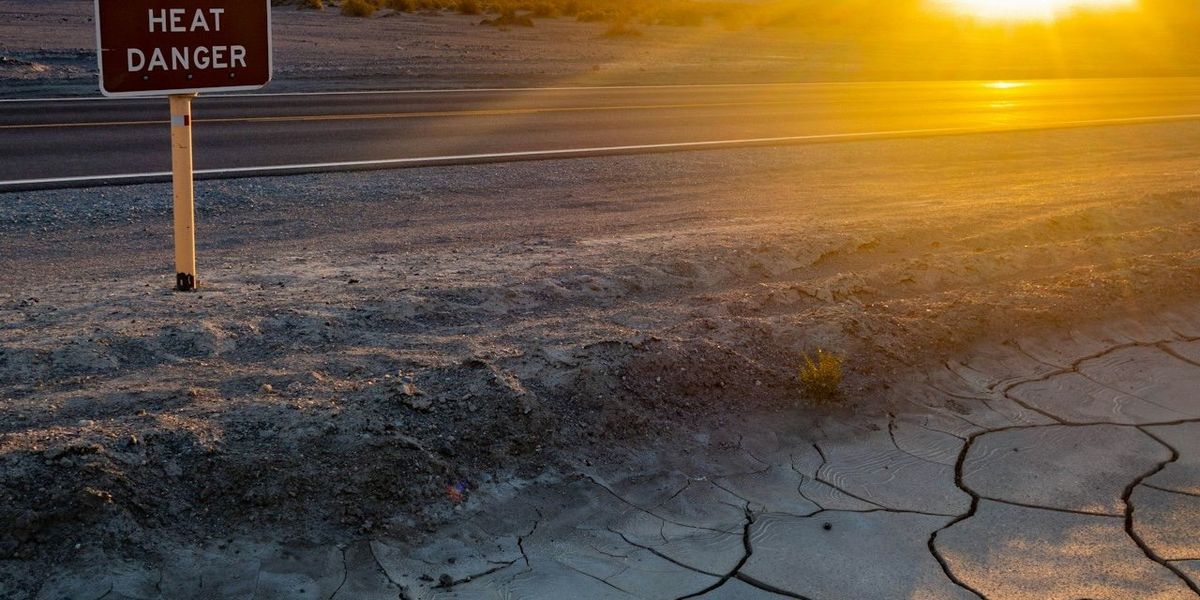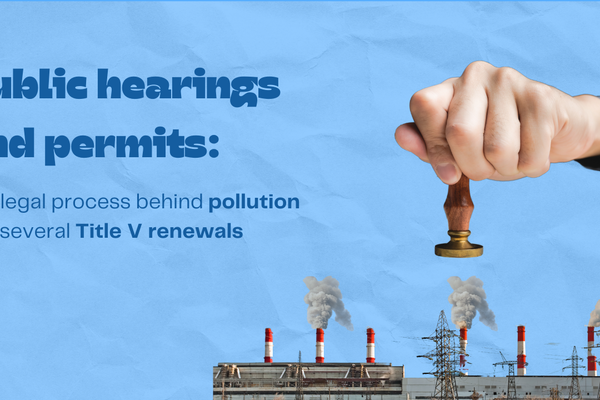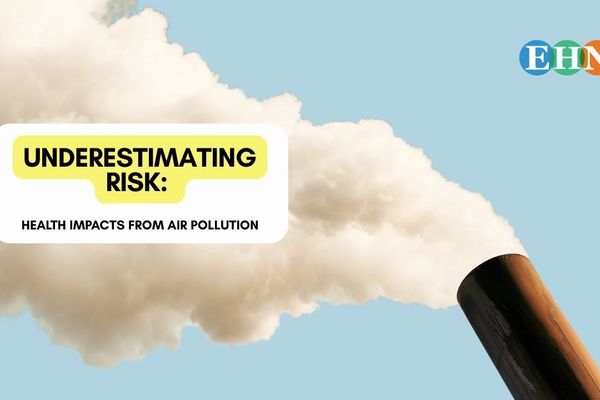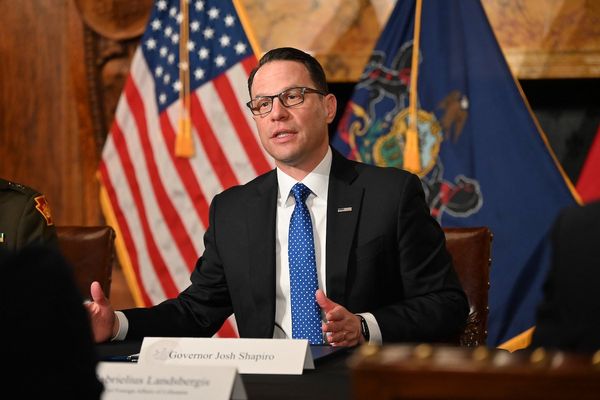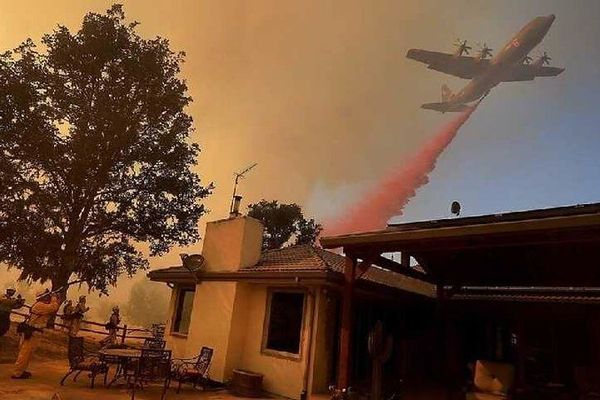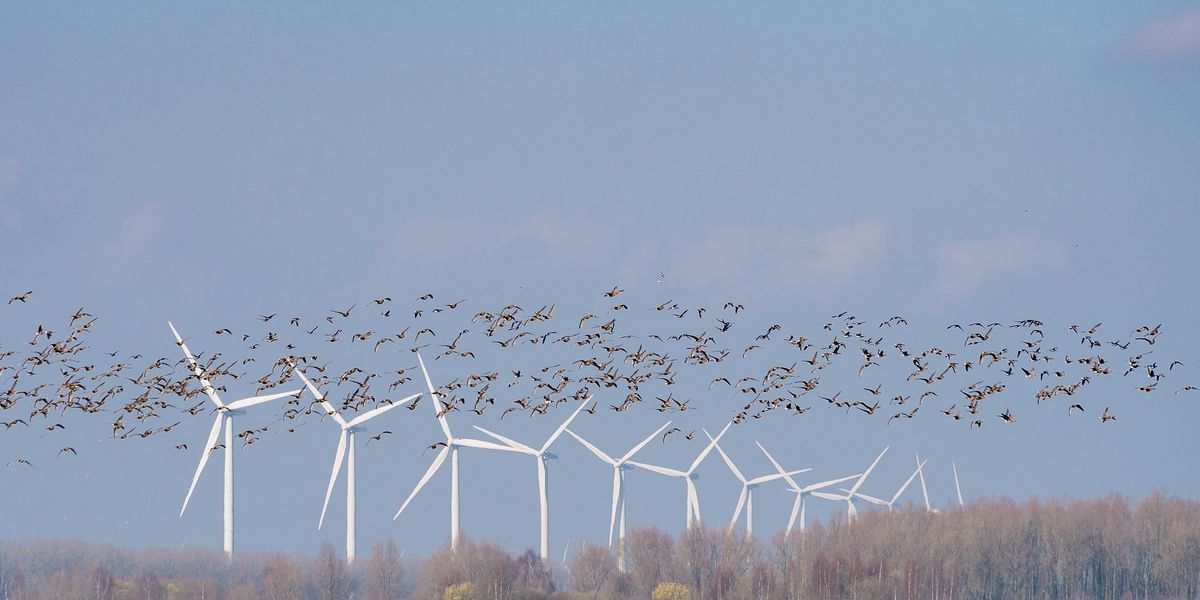
Simple fixes and smart tech could help wind farms save birds
Wind turbines are critical for cutting carbon, but they can also kill birds — so scientists are racing to make them safer using paint, artificial intelligence, and better planning strategies.
Adam Welz reports for Yale Environment 360.
In short:
- Wind turbines kill fewer birds than cats or windows, but still pose a serious threat to vulnerable species like raptors and migratory seabirds.
- Researchers have tried solutions ranging from painting blades with stripes to using AI to detect and prevent collisions, with mixed success depending on local context.
- Experts say smarter site selection, enforced regulations, and turbine shutdowns during migration could dramatically cut bird deaths without major energy losses.
Key quote:
“If you’re painting blades black or doing curtailment that means you know you have a problem.”
— Roel May, senior research scientist, Norwegian Institute for Nature Research
Why this matters:
Wind power is a key part of decarbonizing the grid. Safer turbines mean cleaner energy and fewer dead birds — especially those vital to fragile ecosystems and already under pressure from a warming planet. But there’s a catch: Innovations are still voluntary in most places, and until regulators step in, the smarter tech may stay on the sidelines.
Read more: Winged Warnings

